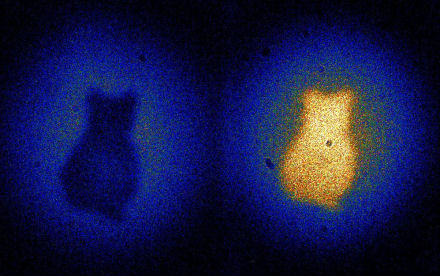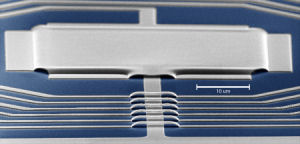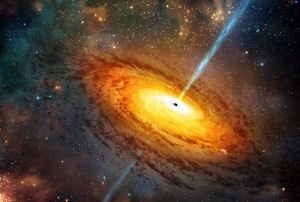
Using a new quantum imaging technique, a picture has been captured without the camera detecting the light that was used to illuminate the subject. Instead, the detector relies on entangled photons that have never touched the subject (in this case, a silhouette of a cat).
Normally, an image of an object is obtained by sensing the light that is either reflected or transmitted through that object. However, in the new technique, detailed in Nature, the scientists used entangled pairs of photons.
In the experiment, the laser illuminates two separate crystals, creating one pair of twin photons (consisting of one infrared photon and a “sister” red photon) in either crystal. The object is placed in between the two crystals.
The arrangement is such that if a photon pair is created in the first crystal, only the infrared photon passes through the imaged object. Its path then goes through the second crystal where it fully combines with any infrared photons that would be created there.
“With this crucial step, there is now, in principle, no possibility to find out which crystal actually created the photon pair,” explained researcher Gabriela Barreto Lemos (pictured). “Moreover, there is now no information in the infrared photon about the object. However, due to the quantum correlations of the entangled pairs the information about the object is now contained in the red photons – although they never touched the object. Bringing together both paths of the red photons [from the first and the second crystal] creates bright and dark patterns, which form the exact image of the object.”


Related:
Discuss this article in our forum
Physicists map quantum to classical collapse
Quasars at opposite ends of the Universe could close a loophole in quantum mechanics
Recent discovery of quantum vibrations in brain neurons lends weight to his controversial theory of consciousness, says Sir Roger Penrose
Entangled quarks hint at reconciliation of quantum mechanics and general relativity

















Comments are closed.